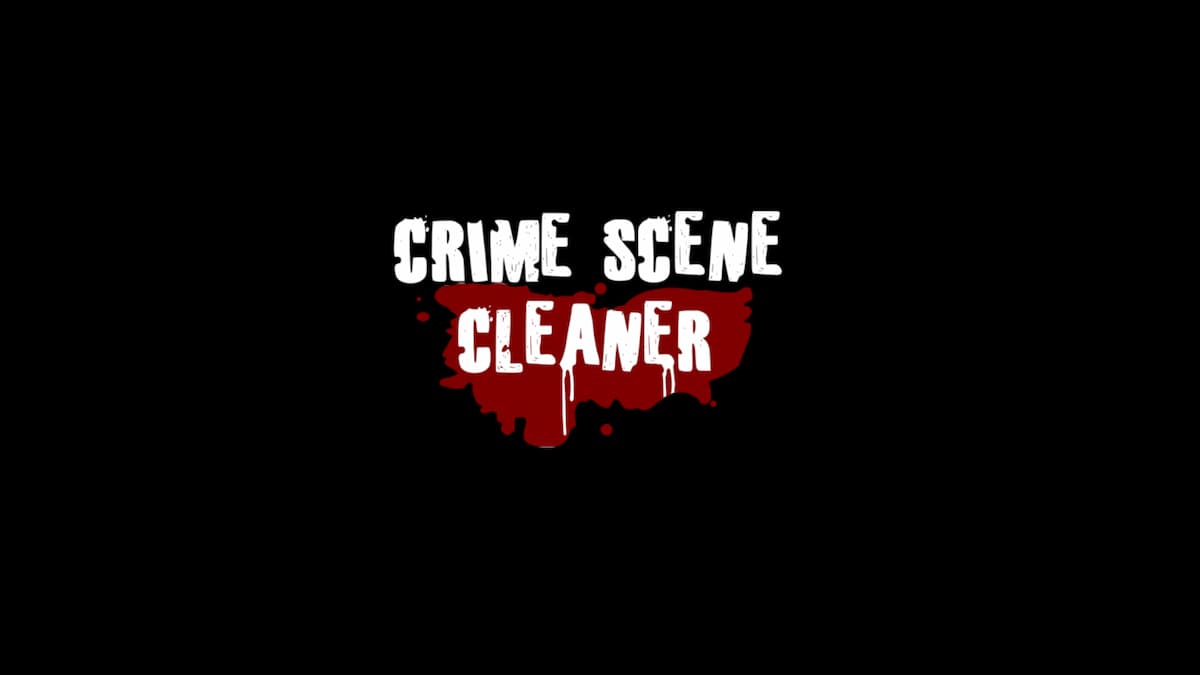State of Decay 2 on Xbox One
Having looted a nearby neighborhood, my vehicle loaded up with rucksacks of supplies and crafting materials, I slam the trunk down, fill the tank with the fuel I brought along with me, and hop into the driver’s seat. The horizon is littered with the mangled bodies of the undead, and as the sun sets, a zombie falls from the heavens right in front of my car. This moment pretty much sums up my time with State of Decay 2 – an engaging survival experience with some seriously glaring performance issues.
State of Decay 2 feels very familiar to its Xbox Arcade smash-hit predecessor. Players are dropped into a zombie apocalypse and must scavenge for materials, weapons, and other survivors in order to build a community and destroy the Plague Hearts that have caused the undead invasion. That’s about it in terms of a story, with your characters having fairly vague backgrounds outside of their previous occupations and traits. You’ll occasionally get a personal mission for one of your survivors to embark on that provide a little bit of extra context to the world, but it’s all fairly barebones and more just a reason to have you do something outside of its scavenging gameplay loop.
You’re taught most of State of Decay 2’s mechanics in its opening tutorial, which sees you picking your starting characters before going off scavenging and setting up your first home base. From then on, you will largely rinse repeat the process of scavenging for crafting materials and resources, upgrading your community’s base, and hunting down the multiple Plague Hearts scattered across the map. It’s fairly simple, but there’s certainly a sense of satisfaction from bringing back a truck-full of rucksacks filled with resources. Although, the finicky inventory management system can become a bit of a headache. Instead of being able to select an item in your car’s trunk and switching it with an item you select from your survivor’s rucksack, you need to back out of the trunk menu, open your inventory, drop an item on the floor, open the trunk menu, remove an item out of the trunk into my inventory, use it, and then pick the item back up off the floor. Whether this is intended to add a sense of ‘realism’ to inventory management, I’m not quite sure. It just came across as tedious and cumbersome to use more than anything else.
Despite this fairly simple gameplay loop, there’s a lot to take into account at all times. Are you prepared for your venture? Can you carry any more resources? How should you spend those resources? Do you help other survivors in order to develop a friendly relationship with them, or leave them and focus on your own community? Managing your community and its resources becomes just as important as killing zombies and destroying Plague Hearts. Without a steady income of resources, your survivors may not be able to fully recover, or get so frustrated that they just up and leave altogether.
Tending to your base is more than just building all the facilities available to you, though. You’ll need to cherry pick which facilities will assist your approach in taking down the Plague Hearts. It’s a similar story when it comes to recruiting new survivors into your community, picking those with the best or most advanced skills, and leaving those who don’t. Traits affect the morale of your community, while skills determine what upgrades or abilities you can use at your facilities. For example, only someone with Herbology skills can level up your Meds Garden to level three. As such, you’ll need to be picky about who you let into your community. It’s not strength in numbers here, as the more people you have, the more resources they’ll drain.
Other survivors, known as Enclaves in State of Decay 2, are intended to add an additional wrinkle to the equation, requesting your assistance in acquiring resources or finding a lost survivor. These are timed, though, and so more often than not I found myself in a dilemma. Do I burn through my car’s gas and help out the Enclave on the other side of the map to keep them happy, or save my precious fuel reserves and hope they’re not too pissed? Whether you choose to help or ignore Enclaves ultimately affects your relationship with them. Help them out and they’ll give you resources and trade with you. Some of their survivors may even be happy to join your ranks. Ignore them, though, and they’ll turn hostile and shoot you on sight.
Sadly, the Enclaves are never going to really cause you too much of a problem, even if you ignore every last one of their requests for help. They stick to their bases, so you’ll never see them wandering about when you’re scavenging, and a pistol shot to the head is enough to put them down. And then there’s the whole zombies problem to factor into all this.

As you’d expect, there are zombies just about everywhere you look in State of Decay 2, and the sheer number of them can most definitely be overwhelming if you don’t prepare correctly ahead of venturing out. They’re not all the same, though. You’ve got your standard zombies, the Blood Plague zombies which can infect your survivors and kill them if not treated fast enough, and the ‘special’ zombies. These range from Shriekers – which scream to attract others to your position, to Bloaters which explode into a cloud of toxic gas when shot, all the way to Juggernauts – towering zombies capable of ripping you in half and standing its ground when facing a speeding truck. Eliminating one of these unique zombie types will net you some Influence (the game’s currency) as a reward, and that gives you ample reason to go after them if you don’t have enough Influence to expand your community in the way you’d like. However, I did find that, aside from the Juggernaut, these didn’t really pose much of a problem over the ordinary shuffling zombies I had got well accustomed to slicing and dicing. Having seen so much of what State of Decay 2’s doing already in the previous game, not having more of these new and powerful challenging zombie monsters to fend off feels like a missed opportunity.
Fortunately, State of Decay 2’s combat is fairly competent and satisfying to use, so if you do find yourself about to lose a survivor, it’s fairly easy to see what you did wrong that led to the untimely death. For the most part, melee weapons are the order of the day, forcing you to get up close and personal, but it’s quiet at least. You can use firearms if you can find one, but they’re also incredibly loud and will draw more of the undead towards you. Ammo is also scarce, and you’ll want to save it as much as possible. As a result, State of Decay 2 almost trains you into using firearms as a last resort, which only helps to heighten the sense of realism in this survival-driven adventure.
As you push your way across the map tackling Plague Hearts and upgrading your community and its facilities to give you access to new crafting menus or base perks, the challenge does start to ease off a little. While taking on my first Plague Heart had taken me a good few hours to get into a position where I felt I was ready to take it on (and my base wasn’t going to fall apart in the meantime), I managed to wipe the final two out within the space of five minutes of each other. Similarly, the ‘end game’ activity of establishing your community’s legacy is a neat idea and sets it up so that your survivors can be used in another community, but the whole thing takes all of 30 minutes to finish, and doesn’t really feel like you truly established a lasting legacy as a result.
Despite finishing State of Decay 2, there was still a whole bunch of buildings I hadn’t scavenged for resources, and the constantly-reappearing Infestations certainly provide ample content for dedicated players to keep grinding through should they not want to part ways with their community as soon as the option is available to them. If you’re looking for a zombie survival experience, State of Decay 2 has plenty of it to keep you playing. That is if you can deal with its poor performance.

Within my first hour of playing State of Decay 2, the HUD flashed in and out, making text impossible to read and my mini-map useless. The aforementioned zombie falling from the sky wasn’t an isolated case and continued to happen when driving around the town. Survivors I’d asked to accompany me would disappear upon leaving my base. Icons on the map didn’t show up, resulting in an overwhelming number of Infestations that hurt the morale of my community. Several cars were lost due to getting stuck on terrain that even the ‘Unstick Me’ option you can access from your Radio specifically for getting you out of glitches couldn’t fix. Screen tear, framerate dips, and texture pop-in were all cropped up fairly consistently, too.
More disappointing, however, was when we came around to check out the co-op multiplayer. You can play with up to three other friends in co-op multiplayer and have them assist you on your scavenging or Plague Heart-destroying efforts. Sadly, when trying to play the co-op multiplayer with a friend on PC, we continued to receive errors that prevented us from checking it out. You also have the option to Call for Help and Volunteer yourself to help other players in need via your in-game Radio. When we tried to use these, we didn’t get matched up with anyone, though this may be due to the servers being quiet prior to release. Whether these are issues with the game’s online infrastructure or Play Anywhere compatibility we’re not entirely sure, but just a word of warning that co-op play was not possible for us at all during the time we spent with the game.
I had a lot of fun with State of Decay 2… when it was all working. Its core gameplay loop is repetitive, but there’s a sense of satisfaction in seeing your community move from a small base with no water and power to a dominant force in the town capable of sustaining itself on its own that kept driving me forward. If you’re able to look past the technical issues and sub-par visuals, there’s a great zombie survival game here. That being said, this does feel like a half-step up from the original. Aside from the co-op and a few new zombie types, there’s not a massive amount of new content that really pushes the series forward. If you were a fan of the original and just want more of that, you’ll feel right at home here, but if you were looking for major improvements over its predecessor, you may be left disappointed.
Score: 3.5/5 – Fair
Pros
| Cons
|
For more information on how we review games, check out Twinfinite’s review policy here.













Updated: May 17, 2018 04:39 am